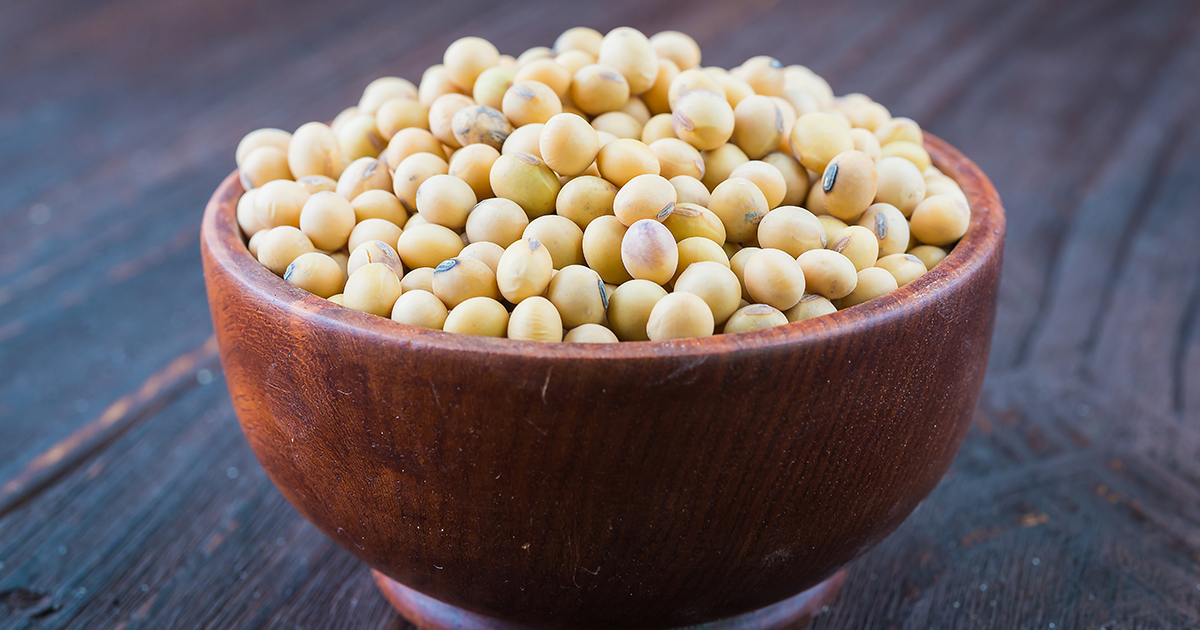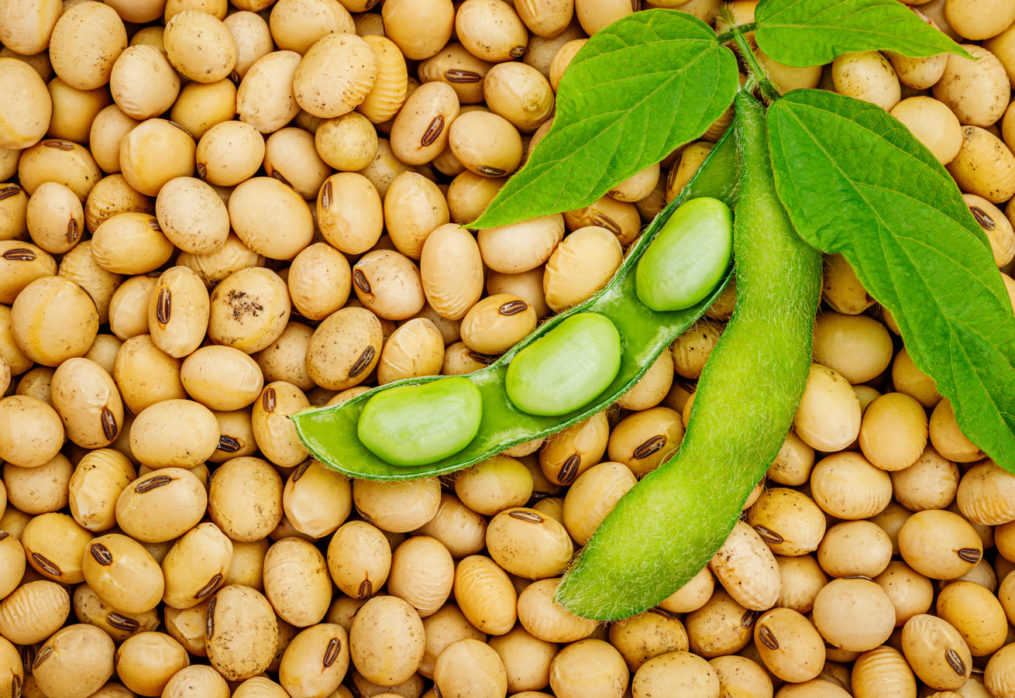China has found a way to reduce dependence on imported soybeans
Dependence on imported soybeans threatens China’s national food security
China’s demand for crops continues to grow, and with it the volume of purchases from other countries. Local farmers cannot cope with the increasing dynamics of consumption, and the cost of production in the domestic market is increasing rapidly. To reduce dependence on imported soybeans, Chinese scientists are working on a new type of protein and have already achieved the first successes. Specialists have managed to synthesize the substance from carbon monoxide.
This discovery was the first in the world. According to scientists, the artificial protein makes it possible to increase crop production capacity up to 10 thousand metric tons. The new type of fodder protein is created from carbon monoxide, which is concentrated in the gases emitted during industrial activity. According to scientists, such a product could replace soy protein in the future. For China, the development is a real breakthrough in science, as it will reduce the country’s dependence on foreign supplies of soybeans. China now imports most of the crop, and its production only partially covers its growing needs.
10 million tons of artificial protein equals 28 million tons of soybeans supplied from other countries. In addition, the production of such protein makes it possible to reduce carbon monoxide emissions by 250 million tons. China ranks first in the world in feed consumption. Soybeans are the main source of protein for feed production, but they have to be purchased in large quantities. This situation is of concern to the authorities, as it poses a threat to national food security.
China ranks first in the world in feed consumption. Soybeans are the main source of protein for feed production, but they have to be purchased in large quantities. This situation is of concern to the authorities, as it poses a threat to national food security.
According to statistics, China’s livestock sector needs 400 million tons of feed, where the protein content is 70 million tons. The main source of protein is soybeans, more than 60% of which enter the country through imports.
Active development of protein technology from carbon monoxide will reduce dependence on purchases from the world market. Scientists note that the new protein has a good chance to replace soybeans in the future. Research and development of the substance took 6 years, during which it was possible to increase the production of artificial protein by biosynthesis from carbon. Currently, the protein yield is 85%, using industrial exhaust gases containing carbon monoxide and dioxide as well as ammonia water. China owns the rights to this technology and was the first state that decided to turn the emissions into a useful product, which will solve the problem of protein shortages for feed production.
So far, the resulting protein is undergoing the necessary research for safety of use. In addition, scientists are working to improve the technology so that it can be used effectively on an industrial scale.
